Key Highlights
- World’s Most Powerful: India’s ₹136 crore hydrogen train features a 1,200 HP engine—the world’s most powerful hydrogen propulsion system, surpassing global counterparts typically rated at 500-600 HP
- Zero Emission Transport: Hydrogen trains emit only water vapor, eliminating smoke and air pollution while replacing diesel trains that produce emissions equivalent to 400 cars annually
- Operational Flexibility: Unlike electric trains requiring overhead electrification, hydrogen trains operate on both electrified and non-electrified routes with 20-25 minute refueling compared to hours for battery charging
- National Green Hydrogen Mission Alignment: The ₹19,744 crore mission targets 5 MMT green hydrogen production by 2030, creating 6 lakh jobs and reducing 50 MMT CO₂ emissions annually
- Heritage Route Deployment: “Hydrogen for Heritage” initiative plans 35 hydrogen trains by 2030 at ₹80 crore per train plus ₹70 crore route infrastructure for hill and heritage routes
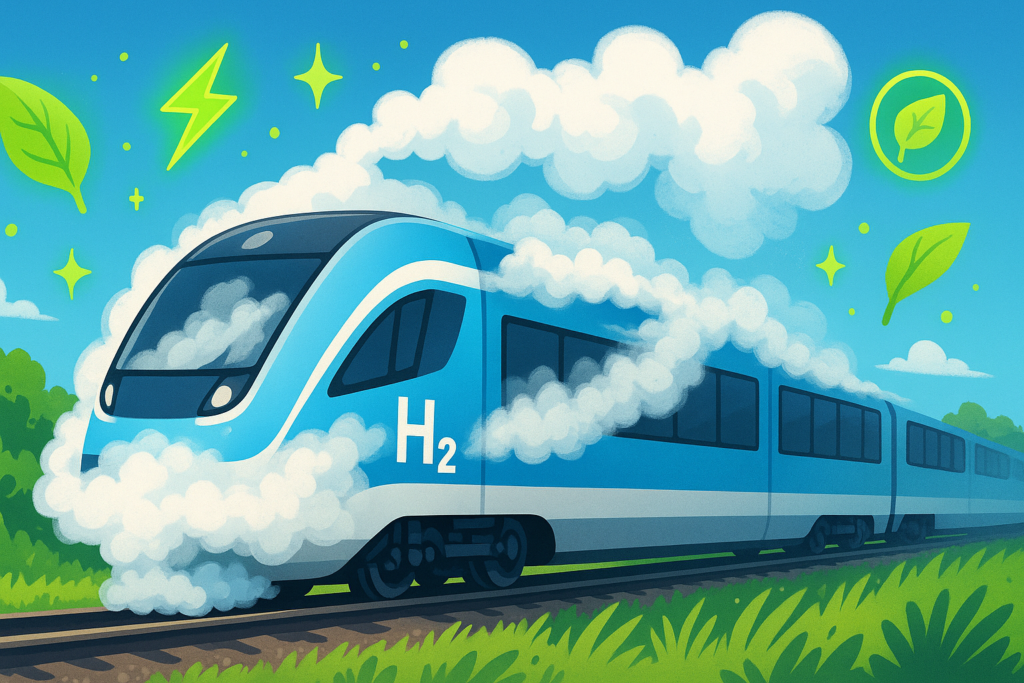
Revolutionary Technology: How Hydrogen Trains Work
Hydrogen-powered trains represent a paradigm shift in rail transport technology, utilizing fuel cell systems that generate electricity through the electrochemical reaction between compressed hydrogen and atmospheric oxygen. This onboard power generation eliminates dependence on external power sources while producing zero harmful emissions.
The fuel cell stack converts hydrogen into electricity with 50-60% energy conversion efficiency, significantly higher than diesel engines. Distributed Power Cars (DPCs) ensure balanced power distribution across all coaches, while regenerative braking technology captures kinetic energy during deceleration to recharge onboard batteries. metrorailtoday
Key technical specifications of India’s hydrogen train include:
- 1,200 HP hydrogen engine – world’s most powerful
- Eight-coach configuration carrying 2,638 passengers
- Maximum speed of 110 km/h
- 356 kilometers daily coverage
- 18+ hours operation without refueling
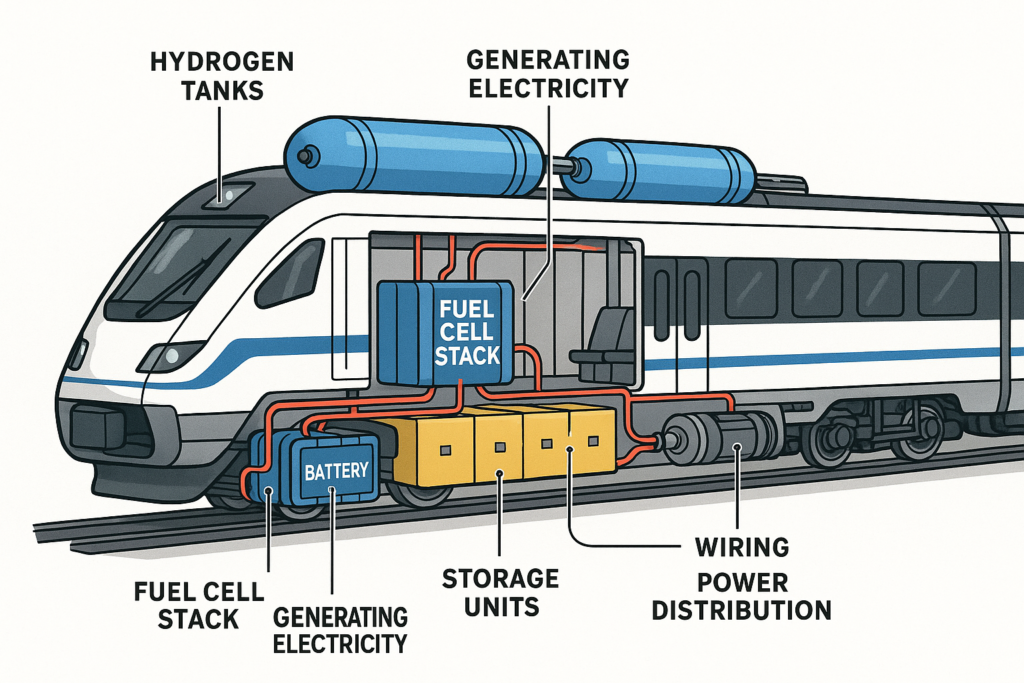
India’s Hydrogen Train Milestone: From Concept to Reality
Indian Railways achieved a historic breakthrough with successful testing of its first hydrogen-powered coach at Chennai’s Integral Coach Factory (ICF) in August 2025. The project, initiated by Northern Railway in 2020-21, involves converting two conventional 1600 HP diesel power cars into hydrogen fuel cell-powered traction systems.
Railway Minister Ashwini Vaishnaw announced that India will become the fifth country globally to deploy hydrogen trains, joining Germany, France, Sweden, and China. The inaugural service will operate on the 89-kilometer Jind-Sonipat route in Haryana, establishing India’s first fully hydrogen-powered railway corridor. hareda
The Research, Design, and Standards Organisation (RDSO), Lucknow developed the indigenous technology, showcasing India’s growing engineering expertise in clean energy systems. This achievement positions India among global leaders in hydrogen train technology while supporting the “Make in India” initiative.
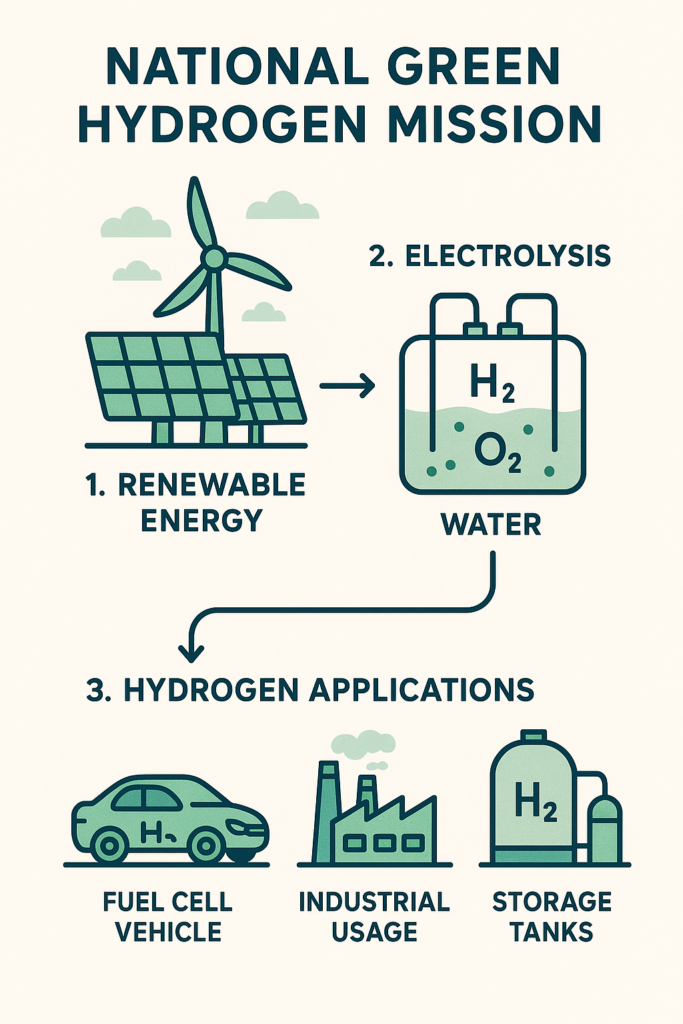
National Green Hydrogen Mission: Fueling the Future
The National Green Hydrogen Mission, launched in January 2023 with a ₹19,744 crore budget, serves as the cornerstone of India’s clean energy transition. The mission aims to make India a “global hub” for green hydrogen production, usage, and export by 2030. india
Mission objectives include:
- 5 MMT green hydrogen production capacity annually
- 125 GW associated renewable energy capacity
- Over ₹8 lakh crore total investments
- 6 lakh job creation
- ₹1 lakh crore reduction in fossil fuel imports
- 50 MMT annual greenhouse gas emission abatement
Green hydrogen production utilizes renewable electricity for water electrolysis, ensuring 100% emission-free fuel at the production point. This aligns with India’s net-zero emissions target by 2070 and energy independence by 2047 goals.
Comparative Advantage: Hydrogen vs Diesel vs Electric Trains
Environmental Impact Revolution
Hydrogen trains deliver superior environmental performance compared to conventional alternatives. Diesel-powered trains produce significant greenhouse gas emissions, particulate matter, and noise pollution, while electric trains depend on grid electricity that may include fossil fuel sources.
Environmental comparison:
- Hydrogen: Zero direct emissions, only water vapor
- Diesel: High CO₂, NOx, particulate emissions
- Electric: Grid-dependent, indirect emissions possible
One hydrogen train replaces emissions equivalent to 400 cars annually, demonstrating substantial environmental benefits. The quiet operation reduces noise pollution, creating peaceful travel experiences for passengers and communities along routes.
Operational Flexibility and Performance
Hydrogen trains combine the range and speed of diesel locomotives with the environmental benefits of electric systems. Key performance metrics include:
Power Output: Hydrogen fuel cells deliver 33.6 kWh/kg compared to diesel’s 10 kWh/kg, providing superior power-to-weight ratio.
Refueling Speed: 20-25 minutes for hydrogen versus hours for battery-electric trains, ensuring minimal operational downtime.
Range Capability: Up to 700 km range with 18+ hours continuous operation, matching diesel performance while eliminating emissions.
Route Adaptability: Operates on both electrified and non-electrified tracks without infrastructure modifications, providing deployment flexibility.
Strategic Implementation: “Hydrogen for Heritage” Initiative
The “Hydrogen for Heritage” program represents India’s strategic approach to sustainable tourism and heritage preservation. 35 hydrogen trains will be deployed on heritage and hill routes where conventional electrification is challenging or environmentally intrusive.
Investment breakdown:
- ₹80 crore per train (individual unit cost)
- ₹70 crore per route (infrastructure development)
- ₹2,800 crore total investment by 2030
Target routes include scenic hill stations and heritage corridors where overhead electrification would compromise aesthetic appeal or face geographical constraints. This approach preserves natural beauty while providing modern, clean transportation.
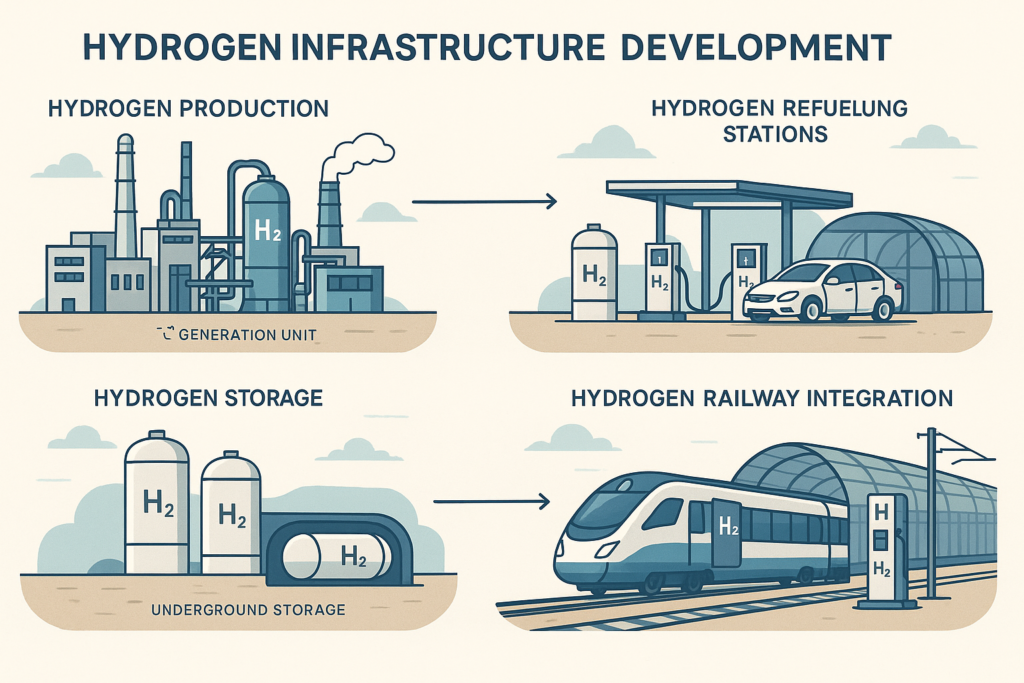
Challenges and Infrastructure Development
Technical and Economic Hurdles
Higher upfront costs represent the primary challenge for hydrogen train adoption. Capital costs are approximately 150% of diesel trains, though operational cost advantages emerge under favorable hydrogen pricing scenarios.
Key challenges include:
- Green hydrogen production infrastructure development
- Storage and transportation safety systems
- Specialized maintenance requirements
- Skilled workforce training needs ieafuelcell
Cost-effectiveness analysis indicates hydrogen trains become economically viable when diesel prices exceed €1.35 per liter and electricity costs remain below €50 per MWh.
Infrastructure Development Strategy
Comprehensive infrastructure development includes hydrogen production, storage, and dispensing facilities. The Jind route will feature an integrated facility for hydrogen production, storage, and dispensation to support train operations.
Safety considerations require stringent protocols for hydrogen handling, storage, and transportation. Specialized training programs for maintenance personnel ensure safe operations and system reliability.
Five Hydrogen Fuel Cell Based Tower Cars will be developed for maintenance purposes, each carrying specialized equipment for hydrogen system servicing.
Global Context and International Collaboration
Worldwide Hydrogen Train Development
Germany pioneered commercial hydrogen trains with Alstom’s Coradia iLint, operating on restricted routes since 2018. Japan continues exploring commercial viability, while the United States recently placed its first hydrogen train order without achieving operational deployment. netzeroindia
India’s 1,200 HP system significantly exceeds international standards, with European counterparts typically rated at 500-600 HP. This technical superiority positions India as a potential exporter of hydrogen train technology.
Technology Transfer and Export Potential
India’s indigenous development approach creates opportunities for technology export and international collaboration. The Make in India initiative ensures domestic capability building while reducing import dependency.
Potential export markets include developing countries seeking clean transportation solutions without extensive electrification infrastructure. India’s cost-effective manufacturing capabilities could make hydrogen trains more globally accessible.
Energy Security and Economic Benefits
Reducing Import Dependency
Hydrogen trains contribute to energy security by reducing diesel import dependency. India’s annual diesel consumption for railways represents significant foreign exchange outflow, making domestic green hydrogen an economically attractive alternative.
Financial benefits include:
- Reduced fossil fuel imports worth ₹1 lakh crore by 2030
- Domestic job creation in green hydrogen sector
- Technology export potential
- Energy price stability through renewable sources
Supporting Atmanirbhar Bharat
Hydrogen train development aligns with “Atmanirbhar Bharat” (self-reliant India) vision, promoting indigenous manufacturing and technological independence. Domestic research and development capabilities reduce technology import requirements while building export competitiveness.
Policy Framework and Regulatory Support
Government Initiatives and Support
Multiple government initiatives support hydrogen train deployment:
- National Green Hydrogen Mission providing policy framework
- Environmental clearance exemptions for green hydrogen plants
- Port development for hydrogen export hubs
- State-level policies in 15 states supporting hydrogen economy
Regulatory streamlining includes expedited approvals for hydrogen projects and safety standard development for railway applications.
Integration with Renewable Energy Policy
Hydrogen trains complement India’s renewable energy targets of 500 GW non-fossil capacity by 2030. Excess renewable energy can be stored as hydrogen, providing grid stability and energy security.
Policy synergies create integrated clean energy ecosystem where renewable electricity produces green hydrogen for transportation, industry, and energy storage applications.
Future Prospects and Expansion Plans
Scaling Up Operations
Successful Jind-Sonipat deployment will demonstrate commercial viability and inform expansion planning. Additional routes under consideration include other heritage corridors and remote areas where electrification is economically challenging.
Technology evolution will focus on cost reduction, efficiency improvements, and system reliability enhancement. Mass production could reduce per-unit costs while improving technology accessibility.
Long-term Vision
2030 targets include 35 operational hydrogen trains supporting heritage tourism and remote connectivity. Post-2030 expansion could extend to mainline services as hydrogen infrastructure develops and costs become competitive.
Integration with broader transportation ecosystem includes hydrogen buses, trucks, and maritime applications, creating comprehensive clean mobility solutions.
Innovation and Research Development
Indigenous Technology Development
RDSO Lucknow leads research initiatives focusing on fuel cell optimization, system integration, and safety enhancement. Collaboration with academic institutions and private sector accelerates innovation and technology commercialization.
Key research areas include:
- Fuel cell efficiency improvements
- Hydrogen storage optimization
- Safety system development
- Cost reduction strategies
International Knowledge Exchange
Global partnerships facilitate technology transfer and best practice sharing. International collaborations with hydrogen technology leaders accelerate learning curves and reduce development risks.
Conclusion
India’s hydrogen train initiative represents a transformative leap toward sustainable rail transport, aligning with net-zero commitments and energy security objectives. The successful development of the world’s most powerful hydrogen train demonstrates indigenous technological capabilities while supporting global climate goals.
Strategic deployment on heritage and hill routes provides operational experience while preserving environmental aesthetics. The ₹2,800 crore investment in 35 hydrogen trains by 2030 establishes India as a pioneer in clean rail technology.
Challenges including higher upfront costs and infrastructure requirements are being addressed through comprehensive policy support and technological innovation. The National Green Hydrogen Mission provides the enabling framework for sustainable hydrogen economy development.
Long-term success depends on continued government support, private sector engagement, and international collaboration. As hydrogen costs decline and infrastructure expands, hydrogen trains could become mainstream solutions for sustainable rail transport.
The environmental benefits—zero emissions, reduced noise pollution, and energy security—make hydrogen trains essential components of India’s clean energy transition. Successful implementation will inspire global adoption while positioning India as a leader in sustainable transportation technology.
✍️ Mains Question
Q.
“Discuss the potential of hydrogen-powered trains in India’s transition to sustainable transport. Highlight their role in achieving energy security and net-zero goals, while analyzing the infrastructural and safety challenges involved.”

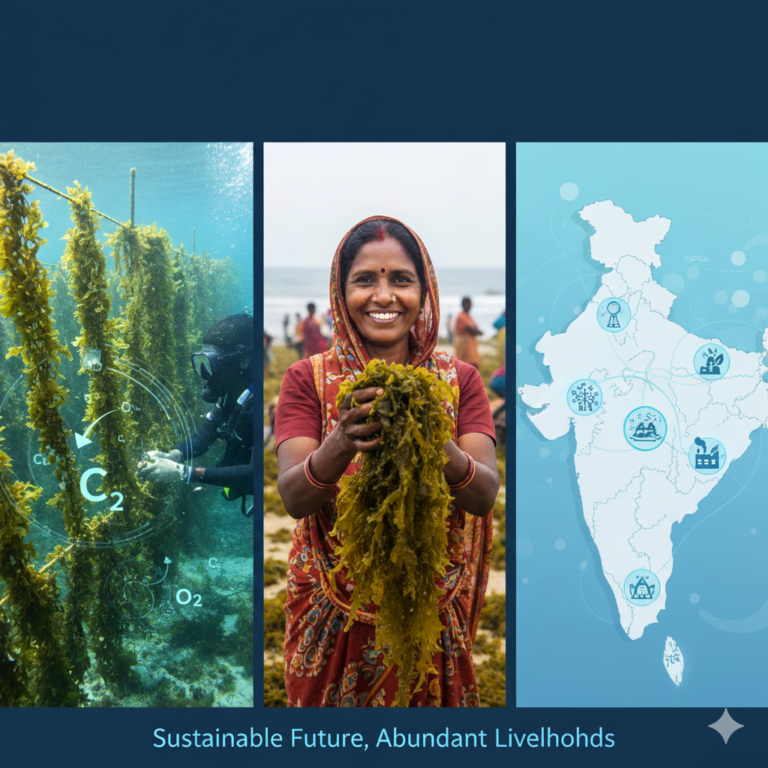
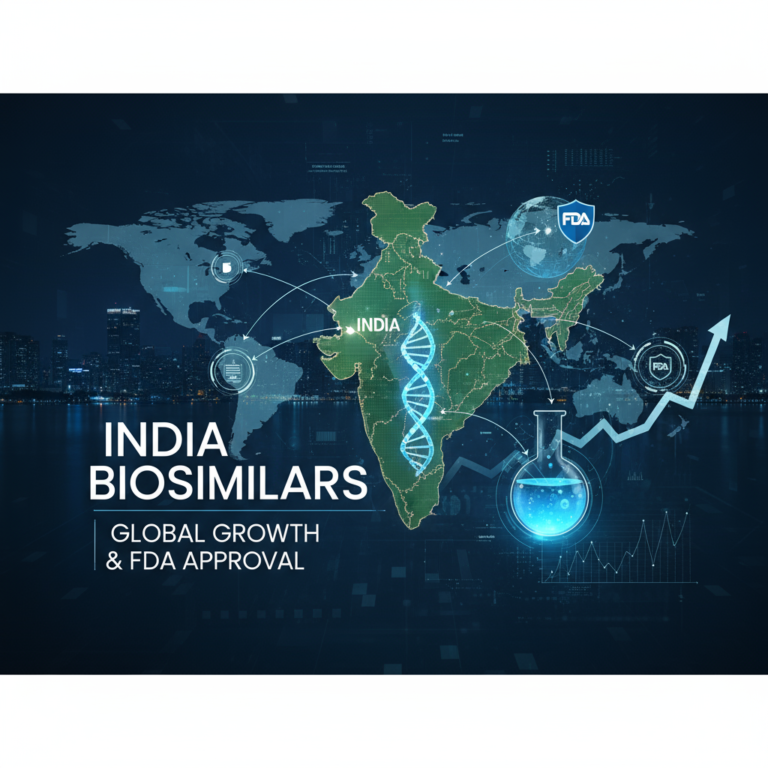
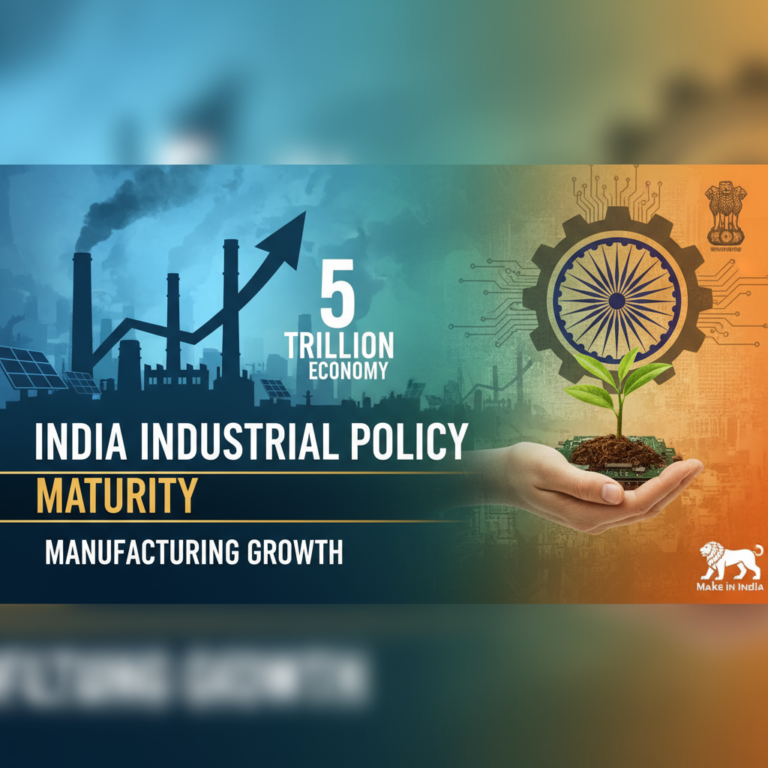
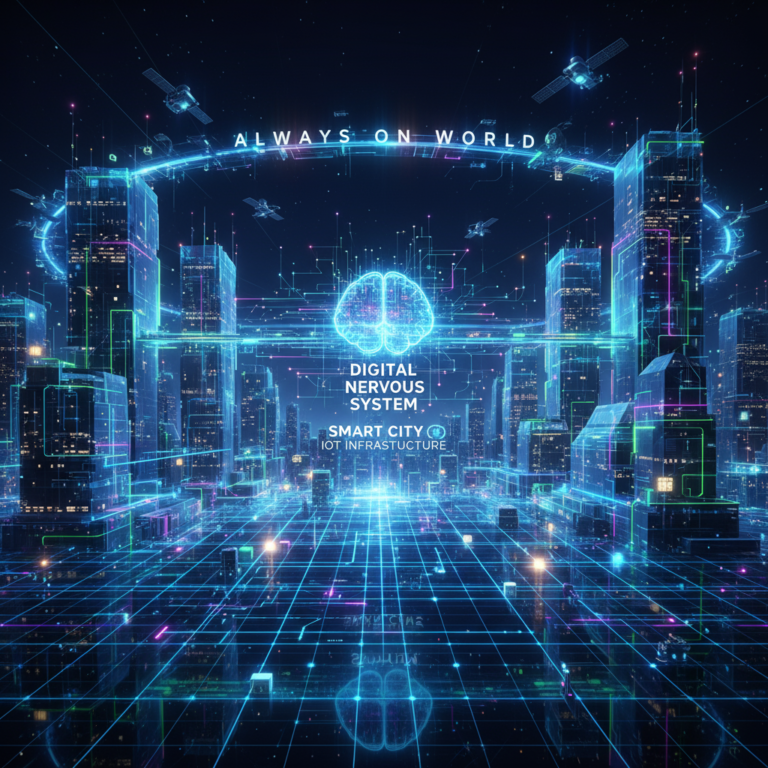
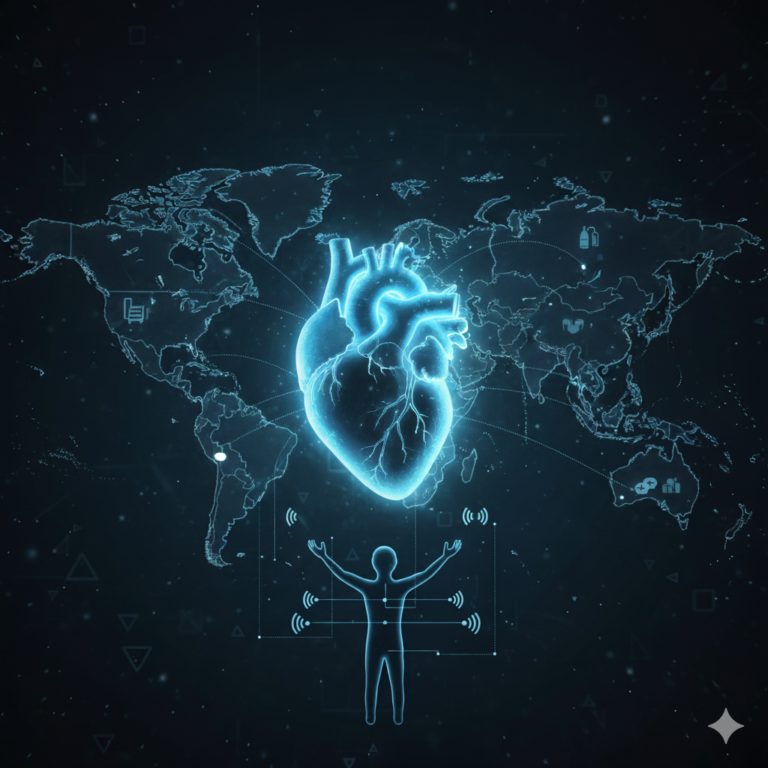


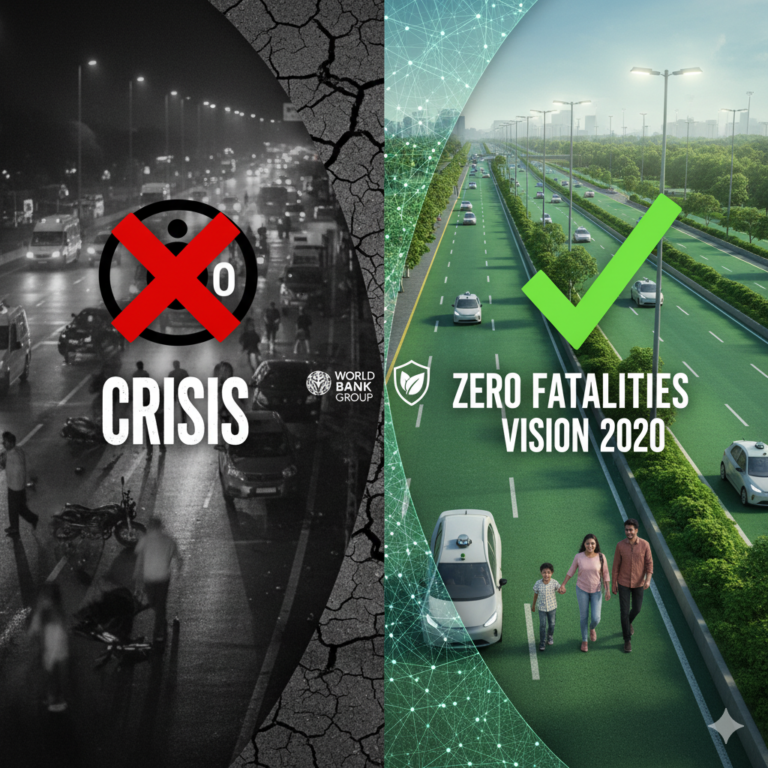
+ There are no comments
Add yours